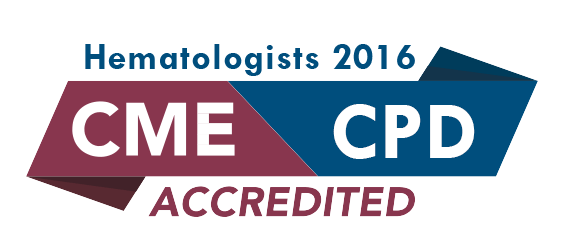
Rashmi Kanagal-Shamanna
University of Texas MD Anderson Cancer Center, USA
Title: Myeloid neoplasms with isochromosome 17q: A distinct entity with unique clinicopathologic and genetic features
Biography
Biography: Rashmi Kanagal-Shamanna
Abstract
Isolated isochromosome 17q, i(17q), accounts for less than 1% of myeloid neoplasms that are commonly classified as myelodysplastic/myeloproliferative neoplasms, acute myeloid leukemia (AML), myelodysplastic syndrome (MDS) or myeloproliferative neoplasms (MPN). These cases have distinctive clinicopathologic features with an aggressive clinical course and poor prognosis. However, their molecular mutation profile has not been studied. Here, we present the mutation profile of myeloid neoplasms with isolated i(17q) that included AML, MDS/MPN, MDS and MPN. In addition to the i(17q) as a common finding, these neoplasms had frequent mutations in SRSF2 (55%), SETBP1 (59%), ASXL1 (55%) and NRAS (31%); TET2 and TP53 mutations were rare. Eight of 28 patients (29%) showed concurrent mutations in ASXL1, SRSF2, SETBP1 and RAS. There was a significant association between mutations in SETBP1 and RAS (p=0.003). The mutation pattern was independent of the morphologic diagnosis. Sequential mutational analysis of a subset of cases showing evolution from a diploid karyotype to i(17q) showed that SRSF2 and ASXL1 mutations precede the detection of i(17q) whereas SETBP1 mutations are associated with i(17q).

